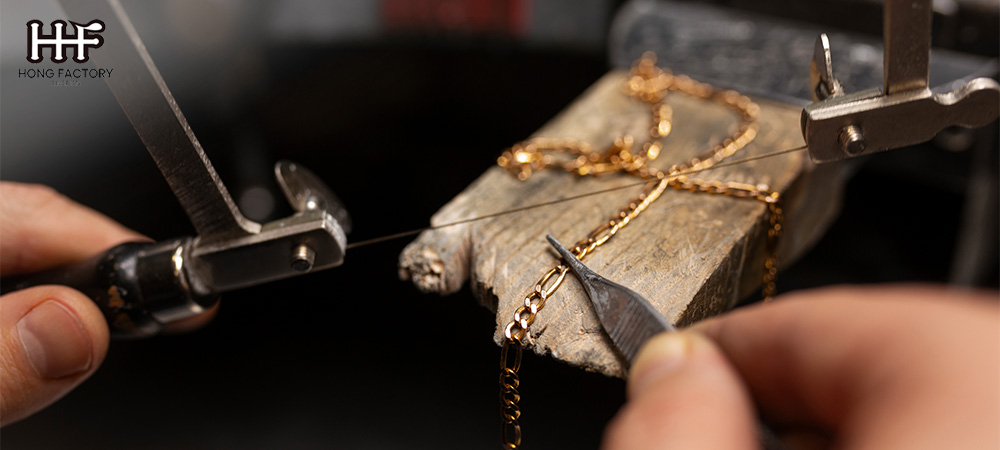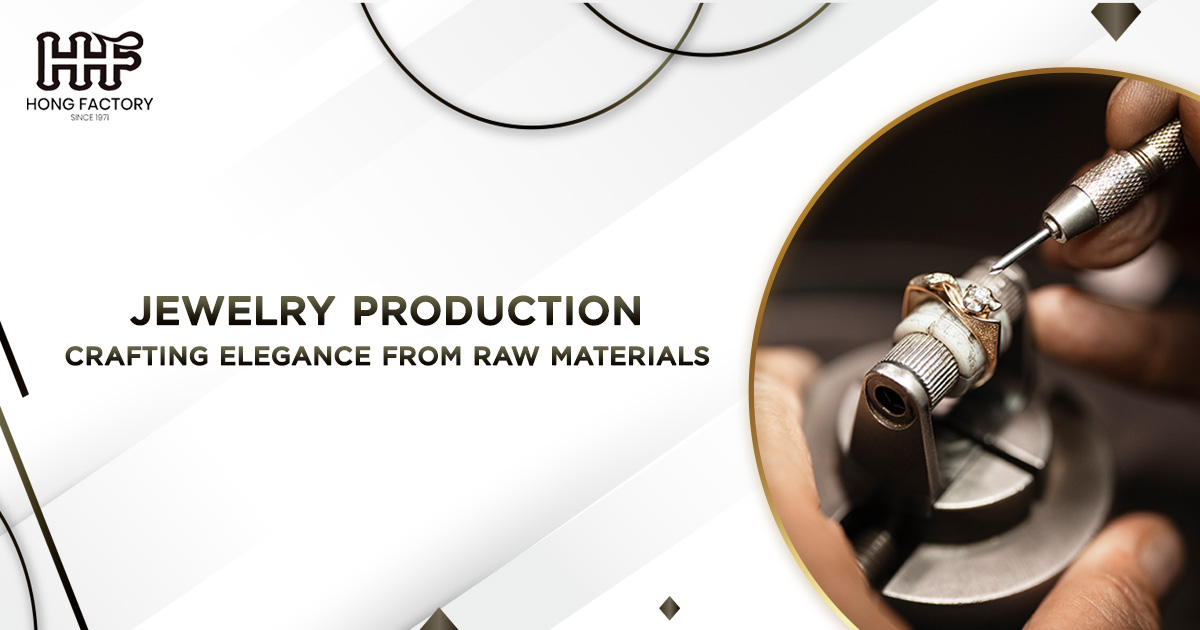Jewelry production is an intricate art form that transforms raw materials into exquisite pieces of wearable art. The journey from concept to finished product involves a blend of creativity, craftsmanship, and modern technology. This article delves into the fascinating world of jewelry production, exploring its history, processes, and the latest trends shaping the industry.
Modern Jewelry Production Techniques
Design and Conceptualization
The journey of a jewelry piece begins with a design. Modern designers use a combination of traditional sketching and computer-aided design (CAD) software to create detailed blueprints of their ideas. CAD allows for precise adjustments and 3D visualization, ensuring the design meets the desired specifications.
Material Selection
Choosing the right materials is crucial in jewelry production. Common materials include precious metals like gold, silver, and platinum, as well as a variety of gemstones such as diamonds, sapphires, and emeralds. The choice of materials depends on factors like durability, aesthetics, and the intended use of the jewelry.
Casting and Molding
Once the design is finalized and materials are selected, the production process begins with casting and molding. Lost-wax casting is a popular technique where a wax model of the design is created and encased in a plaster mold. The wax is then melted away, leaving a cavity into which molten metal is poured. This method allows for intricate details and precise replication of the design.
Metalworking
After casting, the raw metal piece undergoes various metalworking processes. This includes cutting, shaping, and assembling different components. Techniques like soldering, forging, and milling are used to refine the piece and bring the design to life.
Gemstone Setting
Setting gemstones is a meticulous process that requires precision and skill. There are various setting techniques, including prong, bezel, and pave settings. Each method has its own advantages and is chosen based on the type of gemstone and the overall design of the piece.
Polishing and Finishing
The final steps in jewelry production involve polishing and finishing. This process enhances the piece’s shine and smoothness, ensuring it looks flawless. Techniques like buffing, electroplating, and rhodium plating are commonly used to achieve a high-quality finish.

Trends in Contemporary Jewelry Production
Sustainable and Ethical Practices
With increasing awareness of environmental and ethical issues, many jewelry producers are adopting sustainable practices. This includes sourcing conflict-free gemstones, using recycled metals, and implementing eco-friendly production methods.
Technological Innovations
Technology continues to revolutionize jewelry production. 3D printing, for instance, allows for rapid prototyping and the creation of complex designs that would be challenging to achieve through traditional methods. Additionally, advancements in laser engraving and cutting provide greater precision and customization options.
Customization and Personalization
Consumers today seek unique and personalized jewelry pieces. Customization options, such as engraving names or initials and selecting specific gemstones, have become popular. This trend is driven by the desire for meaningful and one-of-a-kind pieces that reflect individual personalities and stories.
Fusion of Traditional and Modern Techniques
Many contemporary jewelers are blending traditional craftsmanship with modern techniques to create innovative designs. This fusion not only preserves the heritage of jewelry making but also pushes the boundaries of creativity and design.
The Role of Artisans in Jewelry Production
Skilled Craftsmanship
Artisans play a vital role in jewelry production, bringing designs to life through their skilled craftsmanship. Their expertise in techniques like hand engraving, filigree, and stone setting adds a unique touch to each piece, making it truly special.
Preserving Traditional Techniques
Despite technological advancements, traditional jewelry-making techniques remain highly valued. Many artisans are dedicated to preserving these methods, passing down their knowledge and skills to future generations. This commitment ensures that the art of jewelry making continues to thrive.
Innovation and Creativity
Artisans are also at the forefront of innovation and creativity in jewelry production. They constantly experiment with new materials, techniques, and designs, pushing the boundaries of what is possible. Their artistic vision and attention to detail result in extraordinary pieces that captivate and inspire.
Challenges in Jewelry Production
Cost of Materials
The high cost of precious metals and gemstones can be a significant challenge in jewelry production. Fluctuations in market prices can impact the overall cost of production and pricing of the final product.
Skilled Labor Shortage
Finding skilled labor is another challenge faced by the jewelry industry. The intricate nature of jewelry making requires highly trained and experienced artisans. The shortage of such skilled professionals can hinder production and affect the quality of the finished pieces.
Balancing Tradition and Innovation
While innovation is essential for growth, balancing it with traditional techniques can be challenging. Striking the right balance ensures that the heritage of jewelry making is preserved while embracing new technologies and trends.

The Future of Jewelry Production
Advancements in Materials
Research and development in materials science are opening new possibilities for jewelry production. Innovative materials like lab-grown diamonds and alternative metals are gaining popularity. These materials offer unique properties and sustainability benefits, making them attractive options for modern consumers.
Integration of Smart Technology
The integration of smart technology in jewelry is an emerging trend. Smart jewelry, such as fitness tracking bracelets and notification-enabled rings, combines functionality with aesthetics. This convergence of technology and fashion is set to revolutionize the way we perceive and use jewelry.
Expanding Global Market
The global jewelry market is expanding, driven by increasing disposable incomes and changing consumer preferences. Emerging markets in Asia and the Middle East are becoming significant players in the industry. This growth presents opportunities for jewelry producers to tap into new markets and diversify their offerings.
Emphasis on Customization
Customization will continue to be a key trend in the future of jewelry production. Advances in technology, such as augmented reality (AR) and virtual reality (VR), will enable consumers to visualize and design their own jewelry pieces. This personalized approach will enhance the customer experience and strengthen brand loyalty.
Conclusion
Jewelry production is a dynamic and evolving field that combines artistry, craftsmanship, and technology. From its ancient beginnings to modern innovations, the journey of creating exquisite jewelry pieces is a testament to human creativity and ingenuity. As the industry continues to evolve, sustainable practices, technological advancements, and a focus on customization will shape the future of jewelry production. Whether preserving traditional techniques or embracing new trends, the art of jewelry making remains a captivating and enduring craft.
